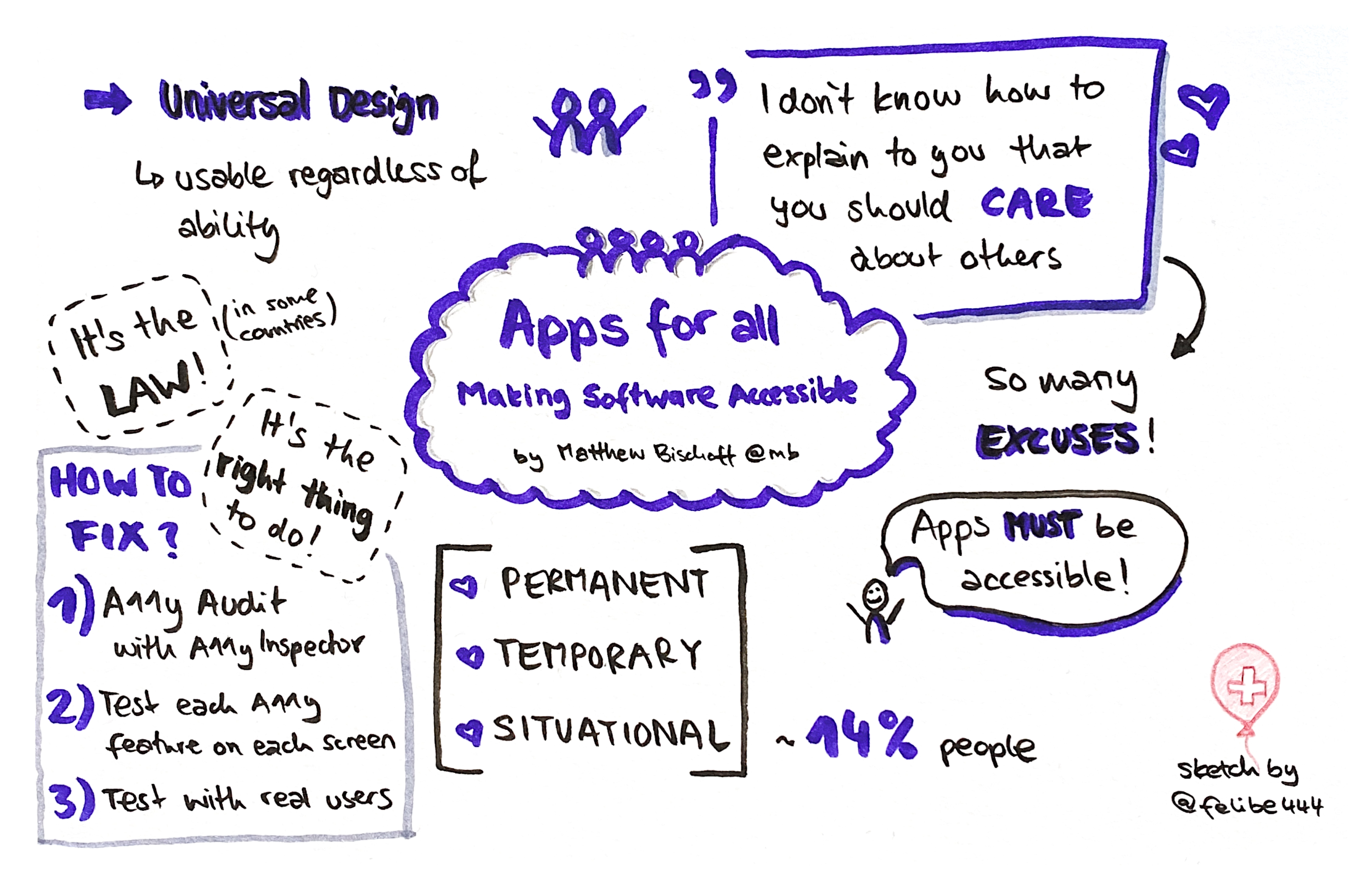The Case for “Mark as Unread” in Messages
For decades, email apps like Gmail, Outlook, and Apple Mail have all included a button to mark a message or thread as “unread”. But why? The software knows the message has been read; why is it allowing the user to override that truth and rewrite history?
There’s a simple answer: it’s useful! The unread state of messages in an email app controls things like the number next to the current folder, the application’s badge, and the status indicator next to a message reminding you to look at it. A simple button to say “Oh yep, I know I clicked into it, but I didn’t actually read it or fully process it yet” is a great affordance for users to manage their communications that has stood the test of time. While some argue that flags should be used instead for this kind of message management, they miss the point that flags cannot and do not convey, to either the user or the software, the same meaning as a message being unread.
“Mark as Unread” has been so successful and well-loved in email that it’s been copied by many messaging apps like Facebook Messenger, WhatsApp, and Instagram. And its utility in a casual messaging context is much the same in the slightly more formal email context.
As Tine Welanly put it on Quora:
Let’s say you’re riding the bus and you open a message from a friend, maybe asking you about your plans for the weekend. You have to respond to that but maybe it’s your stop already or you don’t know yet. But if you don’t say anything now, you might forget to respond and then you’ll look like a bad friend. Not to mention you might miss out on some weekend fun.
But the most popular messaging app on iOS, Messages, has never implemented “Mark as Unread” even though users have been clamoring for it for years and it’s been rumored that they tested it. What’s even wilder is that iMessage doesn’t have any other in-app way for the user to signal that they need to return to a message in order to respond to it. The only gesture toward anything like this is an obscure Siri integration.
Messages routinely get forgotten and go unanswered. The missing “Mark Unread” button has no doubt caused countless accidental ghostings, avoidable arguments, and missed opportunities. And its lack has likely made life more difficult for users with conditions that affect memory or follow-through, like ADHD and depression, who may not be able to respond in the moment and have no easy way to record their intention to do so.
So why hasn’t Apple added this feature? If I put on my Product Manager hat, I can think of only one argument that’s likely been made internally to keep this wildly popular feature out of the app. It goes like this: “If we add a button that says mark as unread, wouldn’t users expect that it would unsend their read receipts?”
This is a compelling argument that I was initially sympathetic to, but looking deeper, this just isn’t a problem in the real world. Outlook, which supports both read receipts and Mark as Unread, seems to cause no significant user confusion in this regard. The read receipt exists for the sender, and the local unread status is for the recipient. Simple as that.
Even if this slight ambiguity is too much for Apple to handle, they could instead incorporate another feature from Mail instead: flagging. Allow users to flag a conversation (or an individual message) and then see all their flags in one place, when they’re ready to respond.
Whether Apple chooses to implement this feature as “Mark as Unread”, flagging, or something else entirely, they should implement it, and soon. As more of our communication, both personal and professional, moves online, it’s never been more important that we keep our commitments to each other, that we respond when we say we will, and that we keep dialogue flowing. We’ve long had a great tool for doing exactly that; now that took just needs to meet users where they are.
This article has also been filed as feedback for Apple at FB9838778.
Update: After posting this article, a friend at Apple reminded me that one of the first things he did when he got to the company was try to file a radar for this missing feature. Except he didn’t have to because he found an open bug from yours truly filed in 2009. I’ve been asking for this feature for 12 years and I don’t plan to stop any time soon! Maybe I should try this approach next.

